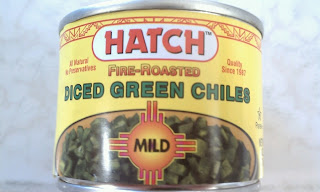 |
| http://www.easynotecards.com |
In 1606 myself and 107 other Englishmen crossed the Arctic Ocean. We were trapped in close quarters with minimum amount of food. What was suppose to be only take three months turned to four. The English investors such as Bartholomew Gosnold owned the Virginia Company and departed three ships from England in December. More than half of the gentlemen don’t do anything worthy. Their egos are bigger than the size of the ship. I’ve seen the Spanish’s ships full of gold and I just can’t wait to get my hands on some. This new world is be told to be a paradise with gold and riches beyond imagination.
We didn’t reached the shore until April. So far the Spanish hadn’t attacked us yet. We all settled towards the bottom of the James River. We were told that the Indians would get us food and supply to help us survive but that expectation quickly changed. There were 13,000 Indians under Chief Powhatan up the James River stream. They became are new enemies. They’re different from the Spanish. Their light weight weapons were easy to transport and deadly within 40 yards, holds ten bows and only takes 30 seconds to reload, blending into their surroundings with paint. While our armor weighs 24 pounds making it difficult to move quickly and our weapons take much longer to reload.
| http://www.sonofthesouth.net |
It must had be the worst drought there had been in a very long time. In 5 months there was less than 50 men still alive. You were lucky if you died sooner not having to face the suffering. These poor men suffered from water poisoning, dehydration and illnesses. Our captain Bartholomew Gosnold didn’t make it. He was only in his mid 30's when he passed away. We needed to show the Indians our courage and buried him outside our fort. He was a great sailor and captain.
| http://history.howstuffworks.com/american-history/jamestown.htm |




















